Our farmers take great care in growing and harvesting your matcha and loose leaf teas, so naturally, you’ll want to take great care in properly storing it in order to enjoy the best of their craftsmanship.
There’s nothing like taking the first sip of tea from a freshly opened package of matcha or sencha. Thoroughly appreciating the complex flavors of different teas is both a pleasure and an art. If you wish to enjoy the freshness of those flavors from your teas every time you brew a cup, the secret is in proper storage!
What You Will Learn:
-
Tea is delicate – store it properly to keep its flavor, aroma, and freshness.
-
Avoid heat, light, moisture, odors, and air – these quickly degrade tea quality.
-
Use airtight, opaque containers like tins, chazutsu, or multi-ply bags.
-
Refrigerate matcha and drink it within 4–8 weeks for the best taste.
Why Proper Storage Matters
Preserving the shelf life, freshness, taste, and aroma of your matcha powders and Japanese loose leaf teas is vital to thoroughly enjoying your tea time. These teas may pack a strong punch when it comes to quality and flavor profiles, but they are quite delicate in unstable conditions. As tea ages, aromatics, taste, and flavor notes change, or may dull or turn stale. Properly storing your tea is the best way to ensure that each cup delivers consistent notes and flavors as the first one.

A key part of ensuring your tea stays fresh happens when you purchase it. Make the most of the freshness and taste of your matcha and loose leaf tea by buying it in small batches. This is a great way to ensure that you consume your tea in a timely manner, giving it less time to age or lose flavor. Most often, you’ll see matcha tins sold at increments of 20 to 40 grams, and loose leaf tea from 25, 50, or 100 grams.
General Tea Storage Tips
Keep a few simple factors in mind when considering how to store matcha powder and loose leaf tea. Some tips matter a bit more for matcha than loose leaf tea and vice versa—but we’ll get into that later.
Conditions to Avoid That Affect Quality
Tea is very sensitive and easily degradable. When considering how to store matcha powder, tea sachets, and Japanese loose leaf tea, make sure the container is airtight and the environment is dark and cool. Avoiding certain conditions like heat, moisture, light, odor, and air will preserve the shelf life and freshness of your teas.
- Heat: Heat can easily decompose tea. Storing your tea in hot or sunny areas, like a windowsill, will quickly make your tea stale.
- Moisture: Tea easily absorbs moisture from the air, resulting in distortion of color and loss of flavor. Make sure to keep tea out of humid conditions.
- Light: Light degrades tea quality. Be sure to store your tea in a dark container or a dark place. Avoid using clear glass containers. If you must use a clear container, store your tea somewhere dark, such as a kitchen cabinet. Matcha is especially sensitive to light and oxidizes quickly.
- Odor: Be sure to store your tea away from strong odors—even those of other teas. When tea absorbs odors, it alters the taste.
-
Oxygen: Exposing your tea to air will increase the likelihood of it absorbing odors and moisture, as well as making it prone to oxidation. Storing your tea in an airtight container and avoiding storing it in porous materials like paper bags is best to preserve shelf life.
Storage Containers
Choosing the right vessel for storage is essential to preserving the quality and freshness of your matcha and Japanese loose leaf tea. Many opt for general tea canisters, chazutsu, tins, or resealable bags to store tea.
Whichever storage method you decide on, always consider the quality of the container and the material it’s made from. A proper storage option should also be airtight and protect the tea from the conditions to avoid mentioned above.
- General Tea Canisters: Using a tea canister is probably the most common way to store loose leaf tea. Most are made from glazed ceramic, tin, or natural wood. They’re best if you commonly purchase tea in bulk. Just remember to check for an airtight lid!
- Chazutsu: Chazutsu are traditional Japanese tea caddies used for storing loose leaf tea. They’re perfect for preserving small amounts of tea for daily use, storing enough for ten days to a month. Most are made from bamboo or cherrywood bark, but some are made from metal and feature decorative washi paper. When choosing a chazutsu, be sure to consider the size. If your chazutsu is too large, it will expose your tea to excess air.
- Tins: More often than not, you'll keep your matcha powder in the container it comes in. This is commonly a tin container. A quality tin will be opaque inside and include an airtight cover such as a pull or screw-top lid.
- Bags: If you decide to use a bag to store your matcha or loose leaf tea, make sure it is resealable, food grade, and multi-ply. Choosing a multi-ply bag lined with either glassine or foil will protect your tea from air and moisture.
Specifics on How to Store Matcha Powder
An unopened container of matcha powder will stay freshest in the refrigerator. You’ll want to enjoy your matcha sooner rather than later, as the distinct nuances in flavor begin to fade about 4-8 weeks after opening. Refrigeration is also a must to slow oxidation and prevent heat and humidity from altering the quality of your matcha powder. At the Mizuba office, we like to place our tins in ziplock bags that we keep in the refrigerator door, shelving them away from strong odors. When it comes to making your tea, some of our producer partners in Japan recommend taking the tin of matcha out and letting it come to room temperature for about 20 minutes before enjoying it so your flavors aren't too muted by cold temps. Once you measure out your matcha to make your tea, be sure to screw the lid back on the tin and place it back in the fridge.
Specifics on How to Store Loose Leaf Tea
In general, loose-leaf teas can have different storage requirements given the vast variety of styles of loose-leaf teas. For example, some oolongs and pu-ehrs can be stored for years and treated like vintages. However, because of the delicate steaming processes that Japanese teas can undergo, some styles of Japanese green teas should be treated like a fresh product and enjoyed within 1 month once opened. For teas like sencha and gyokuro, you'll want to consume them as quickly as possible to enjoy the freshest flavor. Other teas like kamairicha or hojicha that have had some level of roast are ok to store for longer and consume within 2-3 months.
For long-term storage, loose-leaf tea should remain in an airtight, opaque container or sealed bag. While not necessary with all teas, gyokuro in particular can benefit from storing in the fridge if you do not plan to drink it on a regular basis.
Aging Loose Leaf Tea
Although we recommend enjoying teas like matcha sooner rather than later, a very select few styles of quality loose-leaf teas can be aged. Emphasis on quality! Lower-quality teas tend to have a stale taste when aged. However, when aging a high-quality loose leaf tea, the complexity of flavors and richness increase over time. Again, aging Japanese green tea is very rare, but there is a tradition in Uji called Kuradashi tea. Teas like tencha and gyokuro can benefit from their flavors mellowing out for a few months. If tasted right after harvest, sometimes the fresh young flavors are "too green" or a bit sharp on the palate. These just-harvested leaves are commonly kept in cold storage under very strict regulation so the flavors can meld, deepen, and mellow out prior to being milled into matcha or sold. The rare style of Kuradashi tea, in particular, celebrates the time when these aged teas are released in Autumn. The storage of Kuradashi tea is very closely watched – unless conditions are *just* right, the tea can deteriorate.

Don’t Overlook Tea Storage
Applying these tips to your tea storage habits will make a world of difference when you enjoy your cup of tea and the time and money you invest in it. If you have any questions about how to store specific types of teas, don't hesitate to ask us at support@mizubatea.com.


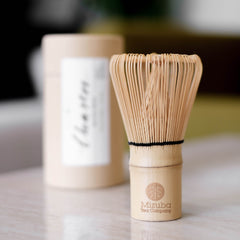
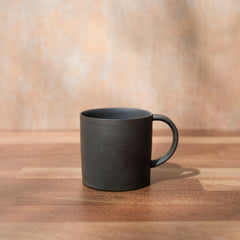
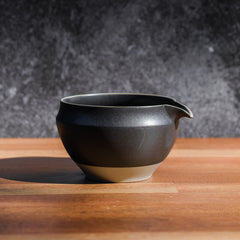
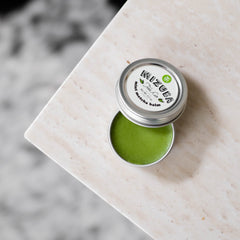
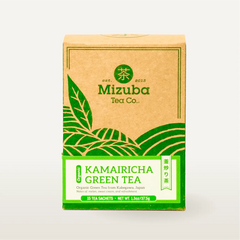

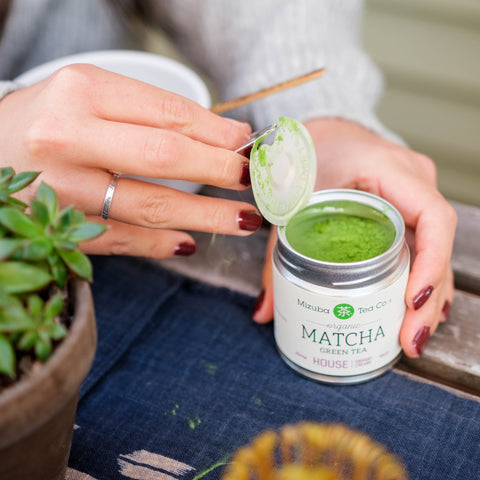
Leave a comment